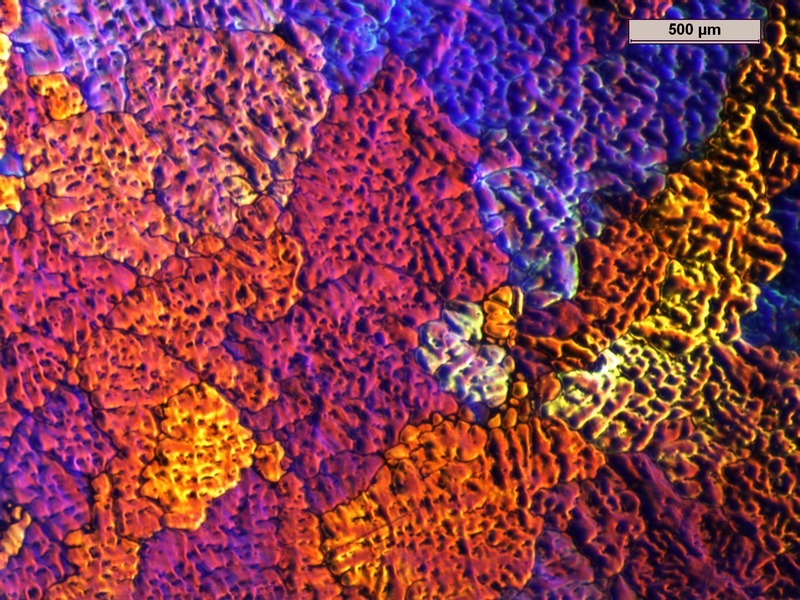📂 4.1 A Second Revolution in Science
By the middle of the seventeenth century with the publication of Isaac Newton’s Mathematical Principles of Natural Philosophy physics and astronomy were firmly established as sciences unified by one set of underlying mathematical laws. The successes of these disciplines in explaining the phenomena they studied and in generating successful and accurate predictions led as well to the rise of a mechanistic picture of the universe as a whole as one vast machine operating according to necessary laws. Not everything in nature, however, seemed to fit this model. In particular at this time chemical reactions, as well as the phenomena of electricity and magnetism as well as the functions and abilities of living organisms remained complete mysteries. What we might call the “Second Scientific Revolution” which took place roughly between 1750 and 1900 laid out the basic framework for resolving these mysteries, all of which, it turns out are related to each other in unexpected ways.


Recent Comments